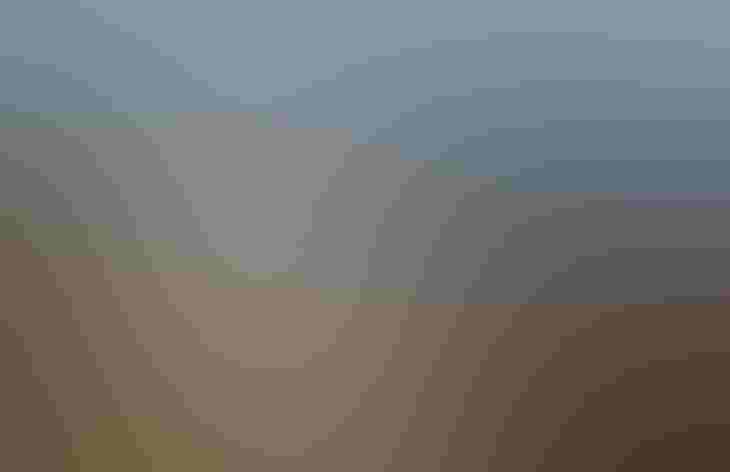Roseate Tern
At a Glance
Widespread but very local on the coasts of six continents. In North America, only on Atlantic seaboard, mainly in northeast and Florida. More strictly coastal and oceanic than most similar terns. Has a very light and buoyant flight, with relatively fast and shallow wingbeats, and often gives a musical callnote in flight. Its numbers on this continent are in a long-term decline, probably owing to a combination of reasons, and it is now considered an endangered species.
All bird guide text and rangemaps adapted from Lives of North American Birds by Kenn Kaufman© 1996, used by permission of Houghton Mifflin Harcourt Publishing Company. All rights reserved.
Category
Gull-like Birds, Gulls and Terns
Conservation
Low Concern
Habitat
Coasts and Shorelines, Open Ocean, Saltwater Wetlands
Region
Eastern Canada, Florida, Mid Atlantic, New England, Southeast
Behavior
Direct Flight, Rapid Wingbeats
Population
160.000
Range & Identification
Migration & Range Maps
Leaves North America entirely in winter, to winter in Caribbean and along northern coast of South America. Migrates along coast or well out to sea. Birds younger than 3 years old may remain all year on wintering grounds.
Description
14-17" (36-43 cm). W. 29 (74 cm). Noticeably long bill is usually mostly black, even in summer; develops obvious red at base during peak of breeding season. Very long tail streamers in summer; wings very pale above.
Size
About the size of a Crow, About the size of a Mallard or Herring Gull
Color
Black, Gray, Orange, Pink, Red, White
Wing Shape
Narrow, Pointed, Tapered
Tail Shape
Forked, Long, Notched
Songs and Calls
Loud, harsh zaap, likened to sound of tearing cloth. Also a softer chew-wick.
Call Pattern
Flat, Rising
Call Type
Chirp/Chip, Raucous, Whistle
Habitat
Coastal; salt bays, estuaries, ocean. Nests on sandy or rocky islands with some low plant cover, close to shallow waters for feeding, especially in protected bays and estuaries. Forages in coastal waters and sometimes well offshore, with a seeming preference for warmer waters.
Sign up for Audubon's newsletter to learn more about birds like the Roseate Tern
Behavior
Eggs
1-2, sometimes 3. Cream to pale olive, blotched with blackish brown. Incubation is by both sexes (female may do more), 21-26 days.
Young
Are fed by both parents; may move away from nest to better shelter a few days after hatching. Age at first flight usually 27-30 days, but remain with parents at least 2 more months.
Feeding Behavior
Forages mostly by patrolling in flight above water and then plunging to catch fish below surface. Sometimes dips down in flight to take prey from surface of water. May hover less than most terns.
Diet
Mostly fish. Feeds mainly on small fish, including many sand lance and herring off eastern North America; also a few crustaceans, mollusks, rarely insects.
Nesting
Usually first breeds at age of 3 years. Nests in colonies, associated with Common Terns in northeast. Early in breeding season, groups fly high, glide down. On ground, birds display with tail raised, neck arched. Male may feed female. Nest site on ground under cover such as grass, shrubs, or rock ledge, sometimes in abandoned burrow or in open on bare sand. In Florida, some nest on gravel roofs. Nest (built by both sexes) is shallow scrape, usually lined with bits of debris.
Climate Vulnerability
Conservation Status
Now considered an endangered species in the northeast. Apparently was once far more numerous along much of Atlantic Coast, but today nests at only a few sites. Initial decline may have been caused by hunting for plume trade in late 1800s. After partial recovery, some colonies disappeared after 1930s when islands were overrun by expanding populations of Herring Gulls in northeast. Continuing decline may involve hunting of terns on wintering grounds in northeastern South America.







